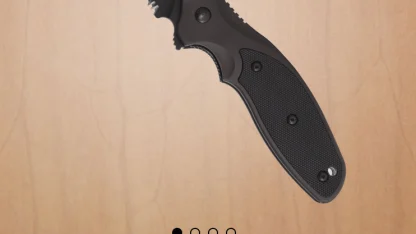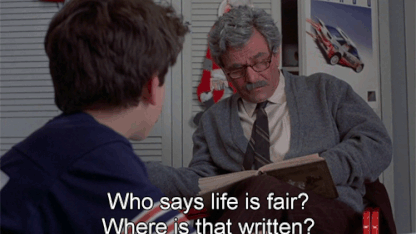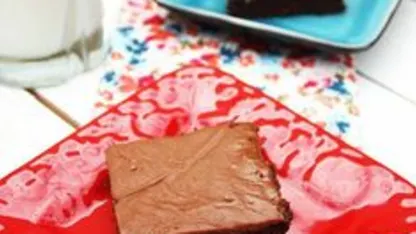Lavish Home 600 Thread Count Sheet Set










Our Take
- 600 thread count, if that matters- 55% cotton/45% polyester blend, for what that’s worth- Smooth, soft sateen weave, in case you care- So heres the deal: we think these are pretty nice sheets- Model: 66-Q0017, 66-K0017
Sheets? ¯\_(ツ)_/¯
By the time some quantitative attribute becomes the common shorthand measurement for quality in a product - megapixels for cameras, wattage in stereos, occupancy in tents or clown cars - it’s already meaningless. Bottom-feeding manufacturers start optimizing their products to amp up that measurement at the expense of everything else, which accounts for all the crappy 12MP cameras and shitty 1000-watt speaker systems and overcrowded clown cars out there. Those measurements stop signifying any difference between high quality and low. Really, the opposite is more likely: that to game that one number, the maker has cut corners even more on every other aspect of that cheap piece of crap.So how do you buy sheets?\()_/ “By thread count” is the conventional wisdom, which at this point is more conventional than wise. Creative methods of counting threads have made thread count meaningless as a measure of quality: some makers would count four threads woven into one as one thread, some as four, and they don’t tell you which way they’re counting on the package. The result is absurd thread counts like 800 or 1200. Even when it’s accurate, thread count doesn’t necessarily make a difference. A crappy 240-thread-count sheet won’t feel nicer than a 200-thread-count sheet that’s better made all around. A longtime bedding industry executive told the New York Times to be suspicious of any thread count of 400 or so. It seems you can’t tell the difference beyond that point unless you’re, like, the Princess from “The Princess and the Pea”.Does thread count matter when you’re buying sheets?\()_/Ah, but what about that other killer sheet attribute, “Egyptian cotton”? OK, there’s some truth to the idea that Egyptian cotton’s longer, finer fibers make for a softer, more durable fabric that’s less likely to pill up or wear through. It’s also true that “pima cotton” is a close runner-up, and “combed cotton” comes third. All will probably be nicer than regular old non-adjectival cotton… if you can be sure that’s what you’re getting. It’s not uncommon for crappy Chinese made-sheets to tout “Egyptian cotton”. Whether the sheets are marked Egyptian or pima, look for some sign of certification. Ah, but HGTV says sheets can be “made of a non-certified fabric and still be very comfortable.” And hey, 100% cotton sheets get really wrinkly after you wash them, and even the best ones shrink. This whole question matters less if you’re buying cotton/poly blend sheets, and not at all if you want microfiber ones.Does cotton type matter when you’re buying sheets?\()_/Then there are the different kinds of weave. You got your rough low-end muslin, you got your standard percale, you got your sheeny sateen, you got your flannel and your oxford and your jersey and your linen and a whole mess of other polyester blends and microfibers. And guess what? It’s all personal preference. The Sweethome’s reviewer prefers crisp percale to smooth sateen, but the percale sheets that were crisp and comfy to her touch were “too soft” for LL Bean customers used to older, stiffer sheets. One sleeper’s “stifling” is another sleeper’s “cozy”. You may know which weave you prefer, or you may not: either way, the most that knowledge will do is narrow the field a little. Does weave matter when you’re buying sheets?\()_/OK, well, what about brand, then? Certainly there’s some brand, or a few brands, universally recognized as the supreme exemplars of excellence in sheeting, right? Nope. The Sweethome picked LL Bean for percale (as did Consumer Reports) and Royal Velvet for sateen. Pinzon is the favorite brand of Amazon users, and bedding review site Sleep Like the Dead likes Pinzon, Royal Velvet, and Mezzati. House brands at Cuddledown, Target, Overstock, and Pottery Barn also get much user-review love. But for most of these brands, you’d be paying a premium for the brand name. And even within these brands, quality can be all over the place.Does brand matter when you’re buying sheets?\()_/So how in the hell are you supposed to buy sheets? Well, Better Homes & Gardens recommends buying a set of pillowcases first to try them out. We’ve got a better idea: here’s a nice set of cotton/poly sateen sheets for the price of a set of pillowcases. And if this low-risk experiment doesn’t work out, well…\()_/










